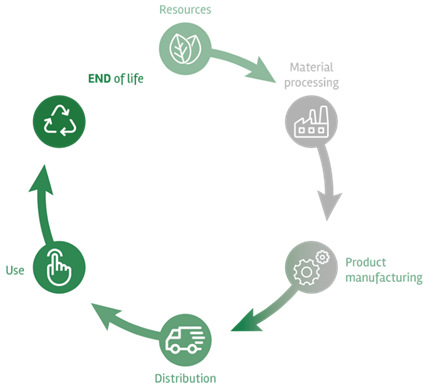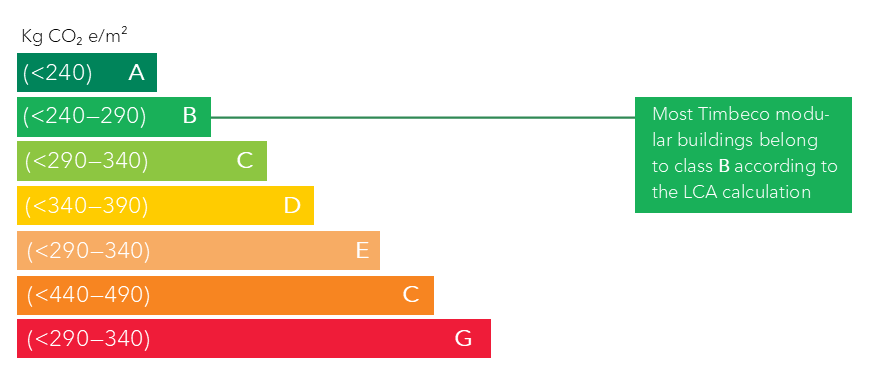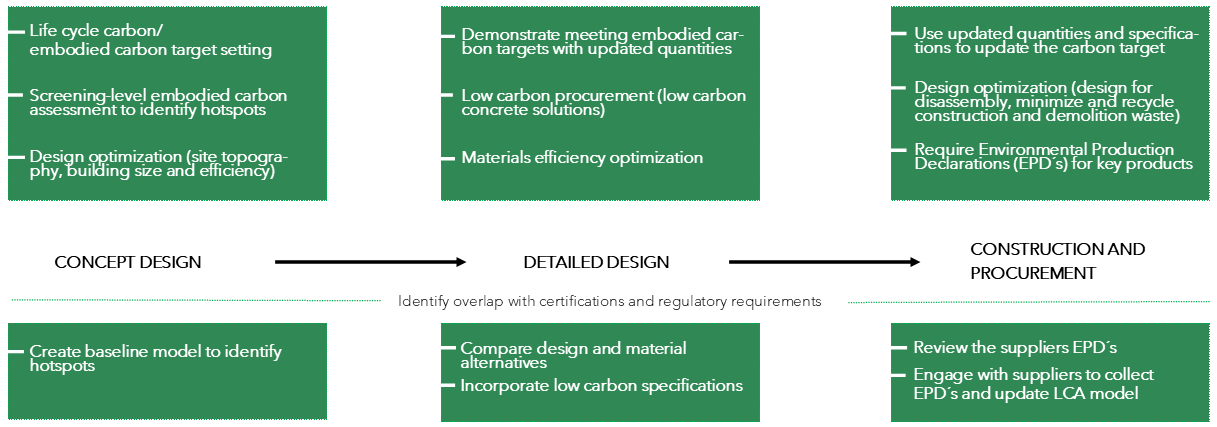BENCHMARKING OF TIMBECO MODULAR BUILDINGS
The carbon footprint of Timbeco modular buildings is calculated using the Carbon Heroes Benchmarks function. The Carbon Heroes Benchmarks function compares the project’s carbon footprint with hundreds of similar buildings in the country where the building is planned to be built. Normally Timbeco modular houses belong to class B, but we are also able to offer class A buildings. To achieve this result, we use the LCA calculation model to see what needs to be replaced in the selection of building materials and what needs to be done in the design of the building’s HVAC solutions to achieve class A.
Country-specific solutions for carbon footprint calculations
BREEAM is an internationally adaptable sustainability standard, recognised and adopted in 89 countries. Carbon footprint calculations have been performed in Norway according to the NS 3720 standard and TEK17 environmental declaration, and in Sweden BREEAM SE NC 2017.
Regulations driving building LCA and embodied carbon calculation
Governments are increasingly recognizing the need to legislate and reduce whole-life carbon in construction. As a result, building LCAs are now a mandatory part of several existing and future regulations.
| Region/country | Regulation | Status | Timeline |
| EU | Sustainable finance taxonomy criteria for large buildings | Voluntary | in force |
| Sweden (Klimatdeklaration) | National carbon reporting for new buildings, limits by 2027 | Mandatory | 2022 |
| Finland | National life-cycle carbon limits on new buildings | Mandatory | 2025 |
| Germany | National LCA requirement for federal government buildings | Voluntary | in force |
| Netherlands | National life-cycle impact limits on new buildings | Mandatory | in force |
Carbon reduction potential
The biggest impact on reducing the carbon footprint can be made in the choice of materials and construction methods.
The earlier it is dealt with, the greater the impact can be achieved.
Decarbonization: the role of various stakeholders
Alignment and collaboration between the various stakeholders in real estate development is critical to reducing carbon dioxide, as no single stakeholder can achieve this alone. We suggests measures to reduce embodied carbon at each project stage.






